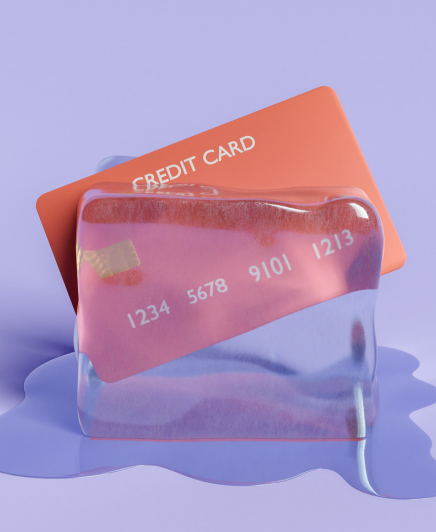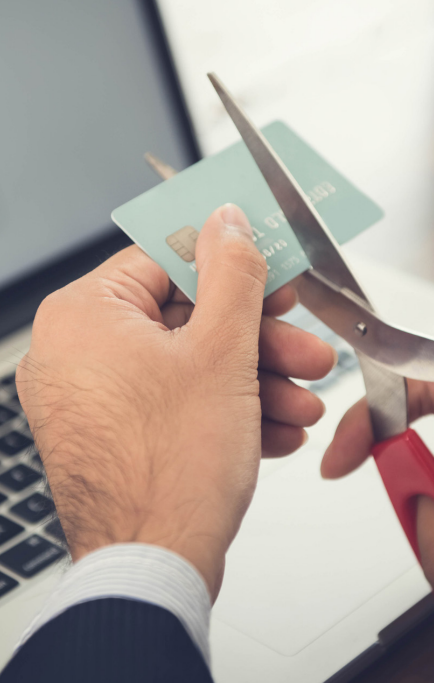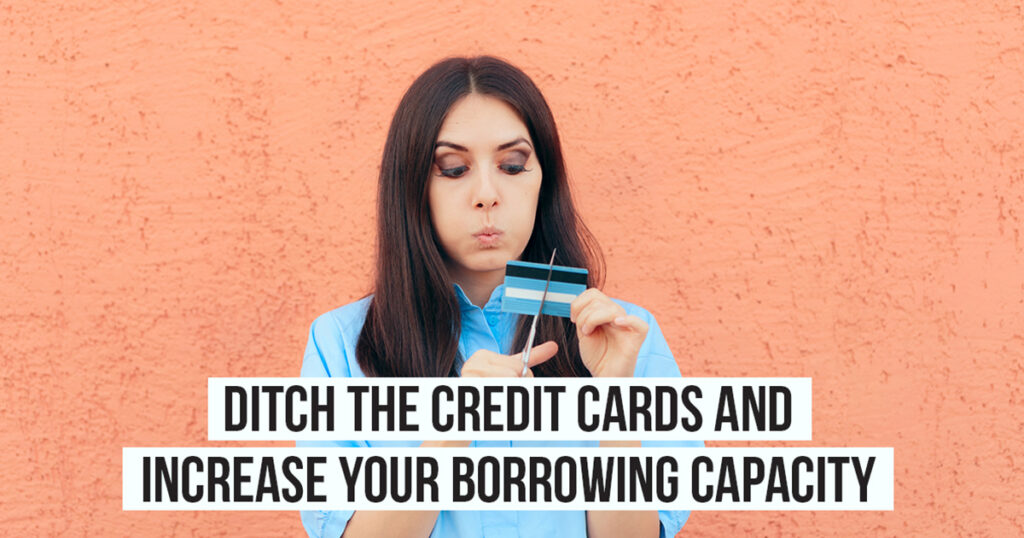It’s crucial to recognize the impact that credit cards, store cards, or buy now/pay later accounts can have on your ability to secure a home loan. Each of these accounts affects the amount that lenders are willing to lend you when you’re in the market to purchase a property. In this article, we will explore the connection between credit cards and borrowing capacity, as well as provide strategies to manage and repay credit card debt effectively. We’ll also touch upon keywords such as investment, refinancing, loans, and mortgage broking to ensure a comprehensive discussion.
Understanding the Influence of Credit Cards on Borrowing Capacity
You may be surprised to learn that for every $15,000 you have on a credit card, your borrowing capacity can decrease by approximately $75,000*. This means that if you possess three credit cards with a combined limit of $45,000, you could potentially reduce your borrowing capacity by a substantial $225,000.
Even if you have a zero balance on your credit cards, lenders still factor in the minimum repayments, typically calculated between 3% and 4% of your cards’ limits. Therefore, it’s crucial to assess your credit card usage, limits, and consider cancelling or reducing the limits on the cards you no longer use. Repaying any outstanding credit card debt promptly is equally important.
Effective Strategies for Repaying Credit Card Debt
The Avalanche Method
One method for tackling credit card debt is the avalanche method. This approach involves making minimum monthly repayments on all your credit cards except the one with the highest interest rate. By focusing on the card with the highest interest rate, you can allocate as much as possible towards repaying that specific card quickly. Once the balance is cleared, you can redirect the funds that were previously allocated to that card towards the one with the next highest interest rate. Repeat this process until all your cards have been repaid.
The Snowball Method
The snowball method takes a different approach by prioritizing the psychological aspect of debt repayment. This method disregards interest rates and instead focuses on paying off the credit card with the smallest balance first. By clearing the card with the smallest balance, you gain a sense of achievement and motivation to tackle the next card. Use the surplus funds and apply them to the next credit card with a higher balance. Continue this process, gaining momentum with each cleared card, until all your credit cards are repaid.

Freezing – A Blast from the Past
An unconventional but interesting strategy to limit credit card usage is to freeze your cards literally. In the past, when ‘tap and go’ payments were not prevalent, some people lacking control over their spending would place their credit cards in a container of water and freeze them. This method required them to wait for the ice to melt before physically using the card, prompting them to think twice about impulsive purchases. While this method might seem extreme, it offers peace of mind in case of emergencies. If you primarily use your smartphone for contactless payments, consider deleting unused cards to avoid temptation. Additionally, request your lender to cancel the card altogether, and opt to track your savings and spending capacity using only your debit card.
Gradually Reduce Your Credit Limit
Suppose you wish to eliminate a credit card entirely. In that case, a viable option is to gradually reduce the credit limit as you make repayments. For instance, if you have a $10,000 credit card and have repaid $2,000, consider reducing the limit to $8,000. This approach not only decreases the temptation to spend the remaining $2,000 but also helps you manage your credit more effectively. Continue reducing the limit until you reach a smaller, more manageable size, such as $1,000, and consider cancelling the card once the balance reaches zero.
Capitalize on Windfalls
If you happen to receive unexpected funds, such as a tax refund or income from selling unused household items, consider utilizing these windfalls to reduce your credit card balances significantly. Making a substantial payment towards your credit card debt can be highly motivating. Additionally, exploring your home for more items to sell can be a rewarding way to expedite the repayment process.

Embracing Responsible Financial Habits
All the strategies mentioned above can be effective, but they rely on a fundamental shift in your spending habits and a proactive approach to managing credit card repayments. If you find that you don’t need all your credit cards, it may be time to cut them up and simplify your financial life. Taking charge of your finances requires discipline and awareness.
Are you ready to regain control of your financial well-being? Connect with our team of expert advisors specializing in investment, refinancing, loans, and mortgage broking. They can provide personalized financial guidance to help you achieve your goals. Take the first step today!
Ready to take charge of your finances? Connect with our team of expert advisors for personalized financial guidance today!

